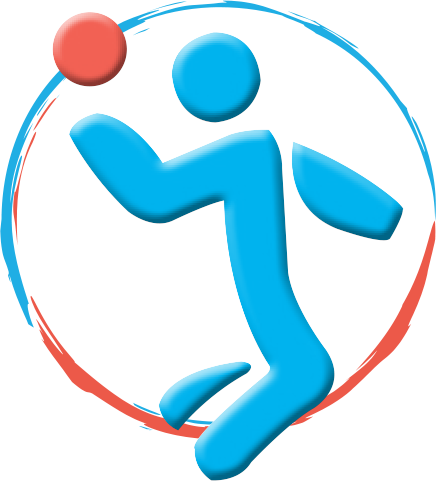Here, our resident reflexologist, Joanne Lee, tells us all about what Reflexology is. If you've never tried it you should definitely have a go... Without me telling Joanne anything about me, she immediately picked up a couple of things in my body (I had a sore stomach at the time, and she told me why!, and she also commented on a previous shoulder injury I'd flared up, also without knowing anything about it), I felt really relaxed afterwards and had the sleep of my life that night. I'd definitely recommend giving it a go! x Kate
Reflexology is a natural Holistic therapy, practised on the feet and hands. (I practise on the feet as there are over 7,000 nerve endings)
The Reflexologist uses their fingers, thumbs and hands to gently apply pressure to the feet or hands. This is not ticklish or in any way painful it is relaxing and comforting.
It is a complementary therapy to orthodox medicine, helping to return the patient to good health.
At the clinic it is used alongside Physiotherapy, podiatry and massage.
How does it work? (The serious part)
Reflexology is based on the findings that there are points on the feet that correspond to all the organs, cells and tissues found within our body. (The Reflex)
Stimulation at one area of the body has a response to another area of the body.
The pressure applied stimulates these points and unblocks and balances, restoring good health.
The energy flows in Zones or Meridians throughout the body. These run the length of the body from head to toe.
There are several stages in reflex:
1 Relaxation
2 Cleansing/repair
3 Strengthening/Nourishing
4 Restoring energy
This all sounds very simplistic, however by working on the parasympathetic nervous system, this will relax the client, giving the body time to heal and return to balance.
What can it help with?
I have practised Reflexology for over 12 years and have been genuinely surprised by some of the benefits and improvements that reflexology can help people with.
Reflexology works on all systems and organs, from cells, tissues, muscle and bones.
It works on the physical and psychological. (Mind and body)
This is reached by deep relaxation, studies show 75% of disease is stress related.
Here is a list of conditions Reflexology can help with.
1 Anxiety/Stress
2 Headaches
3 Back pain/ Sciatica
4 IBS
5 Skin conditions
6 Sinus problems
7 Allergies
8 Pregnancy (helps with overall health, constipation, water retention, back pain
and calms the mother to be.)
After a session of Reflexology
You will be left feeling deeply relaxed and calm. This state of relaxation improves after each session. It is always an idea to make sure you can go home and carry on relaxing to let the body carry on healing, rather than rushing round Sainsbury’s.
This calm feeling usually remains for a few days and the body is still healing.
The Healing Response
There are several stages of healing, these affect every person differently, the oldest symptom improves first and the most recent symptom is the last to resolve.
The body may feel worse before feeling better, this is part of the healing process, the symptom may reappear but it is on its way out.
Positive energy will heal and leave you feeling balanced mentally and physically.
Give it a try, a whole hour of complete relaxation.
Joanne Lee



